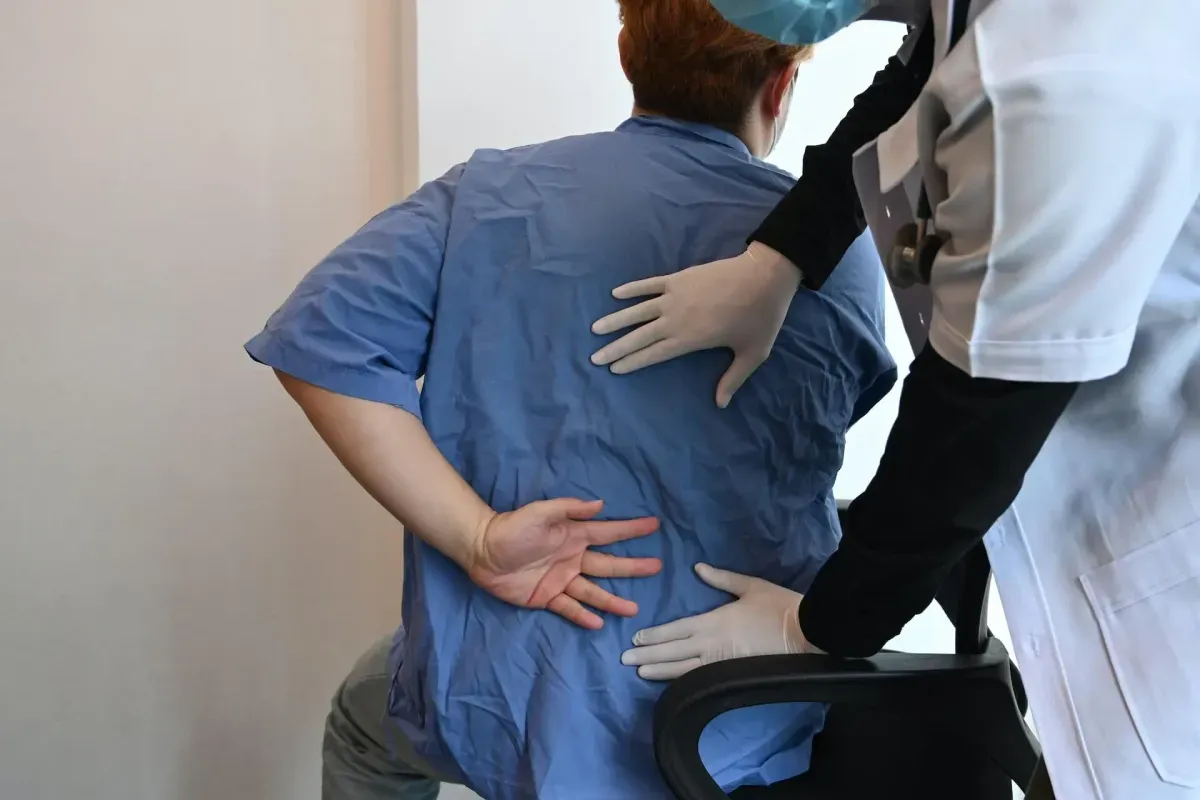
M51.16 – Intervertebral disc disorders with radiculopathy
Learn about M51.16, a diagnosis code for intervertebral disc disorders with radiculopathy in the lumbar region, including clinical information and related ICD-10 codes.
Use Code
Commonly asked questions
Intervertebral disc disorder with radiculopathy refers to a condition where the discs between the vertebrae in the spine degenerate, herniate, or shift, leading to nerve root compression. This can cause pain, numbness, tingling, and weakness in the areas served by the affected nerves, often radiating down the legs.
M51.16 lumbar radiculopathy specifically refers to nerve root irritation or compression in the lumbar region, usually due to conditions like a herniated disc, degenerative disc disease, or spinal stenosis. This can result in lower back pain, leg pain, and muscle weakness, often worsening with movement.
Lumbar radiculopathy can be serious, especially if it leads to severe nerve damage, loss of motor function, or bowel/bladder dysfunction. While many cases improve with conservative treatments, persistent or worsening symptoms may require surgical intervention to prevent long-term complications.
EHR and practice management software
Get started for free
*No credit card required
Free
$0/usd
Unlimited clients
Telehealth
1GB of storage
Client portal text
Automated billing and online payments
